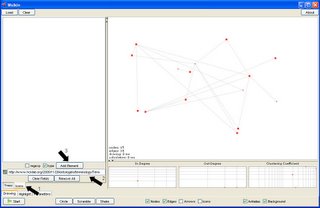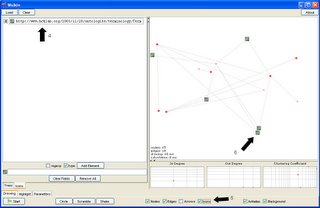Three years ago I started my trip through languages and technologies for ontologies definition and usage. I read several papers on this topic and after a certain period I felt quite sad in realizing the high price to pay to obtain a benefit from "semantic add ons".
The idea was to define a sort of perfect micro-world where everything has a well defined meaning. And obviously, after a certain period I gave up. At that time
Jena was something really complex to understand to me and
Sesame was only a "magic" word. I took a look at the powerful and, in the same time, cryptic KIF formalism, at DAML and
DAML+OIL. For some reasons (besically one :D... the serialization in XML was driving me crazy)
RDF sounded too weird.
Then OWL came out and I started reading again... n3... Rio... Sesame. The "Semantic Web" concept was still something not well defined and my impression was that OWL was "a light version" of the old-style ontology languages coming from the AI world...
I was wrong, look at the
Simile Project... with
Piggy Bank and
Solvent ... the "semantic web" started to rock!
And now it is clear "Semantic Web" is everything you want it to be ;)




